The samples were collected from 4 different sites around our local area
Students used water purity testing strips to test the water quality.
Our testing showed some variation in general hard water levels - particularly in the Waikato River site. Hard water testing shows the presence of minerals such as magnesium and calcium in the water. Typically, these minerals are present when water travels through rocks, sand and soil. So having a higher hard water result at the Waikato River site isn’t unexpected. This sample also took a few days to settle and clear.
We wrote a question to investigate - Is there animal life in our local waterways?
And we wrote a hypothesis that we would test using the samples.
My hypothesis is that there will be bugs in the lakefront sample but not in the Waikato River sample
My hypothesis is that there will be bugs in the Onekeneke and Wharewaka Point samples.
I think I can see eggs on the algae.
Arley asked her what he could do as a child to help his local waterway clean. She had some great ideas that Arley could do including:
-
Pickling up rubbish,
-
Taking regular photos to monitor
-
Using test strips to monitor the water quality.
You can see more about her work.
This water sample scientific investigation prompted more questions from the students about rivers and how they are formed. This led itself to another science investigation. We crumpled paper up and ‘created’ our very own mountain ranges and coloured where we thought the water would run down.
Students wrote a hypothesis about our mountains and rivers experiment
The river is going to go down the folds of the paper.
The water will soak into our mountain and it will also drip down.
The water will run down the valleys.
When we sprayed water on our mountain range we observed that the water ran down the canyon because of the folds that were made. This made a lake.
When we sprayed water on our mountain range we observed that the rain came down in little rivers. In different places some water stayed on top in the craters because it was a dip and in other areas it ran down the sides because it was a slope. Mt hypothesis was correct because I predicted that it would go in different directions.
When we sprayed water on our mountain range we observed lots of rivers connecting to lakes and oceans because of all of the valleys. Some water pooled up in a little crater.
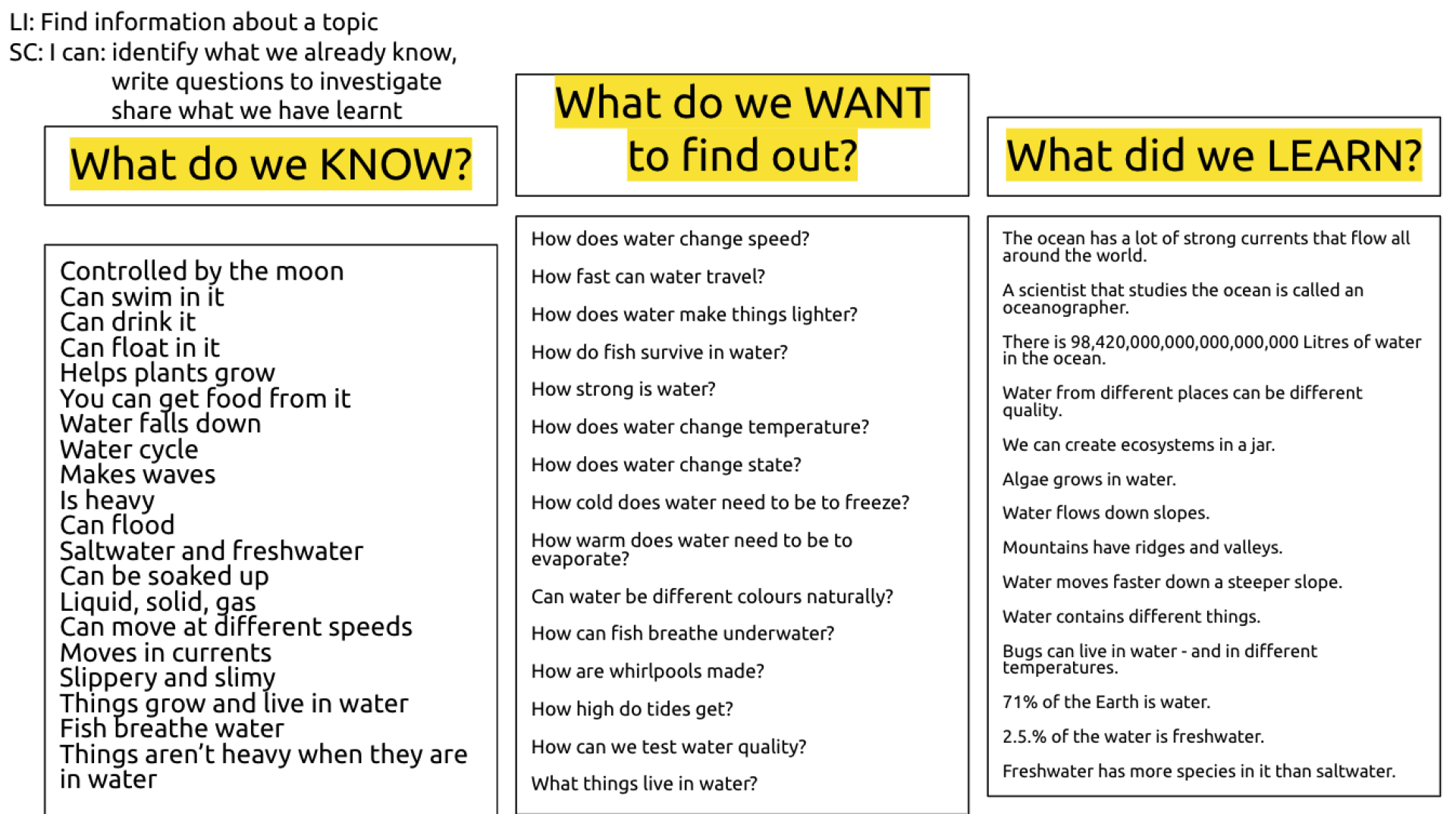
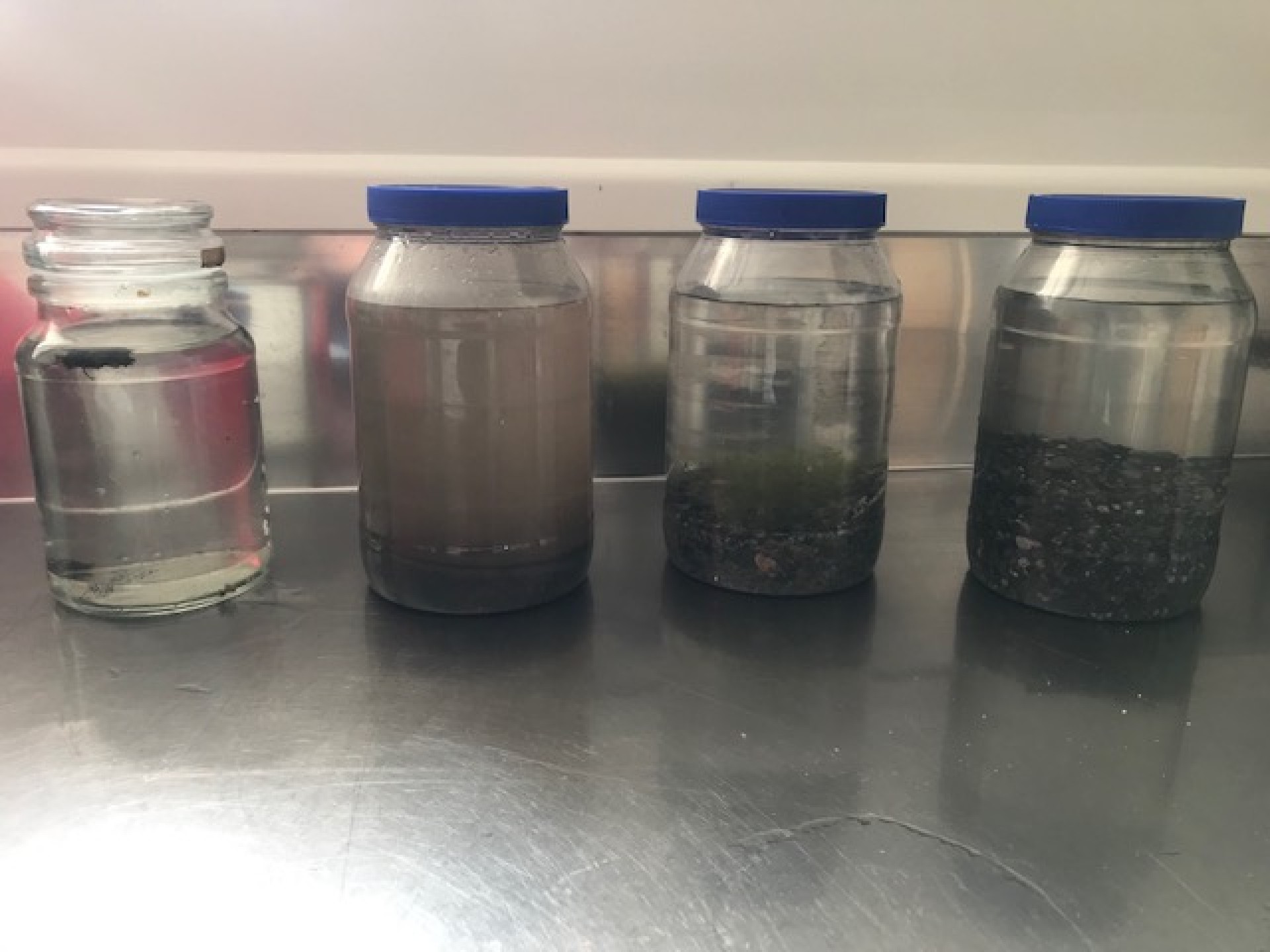
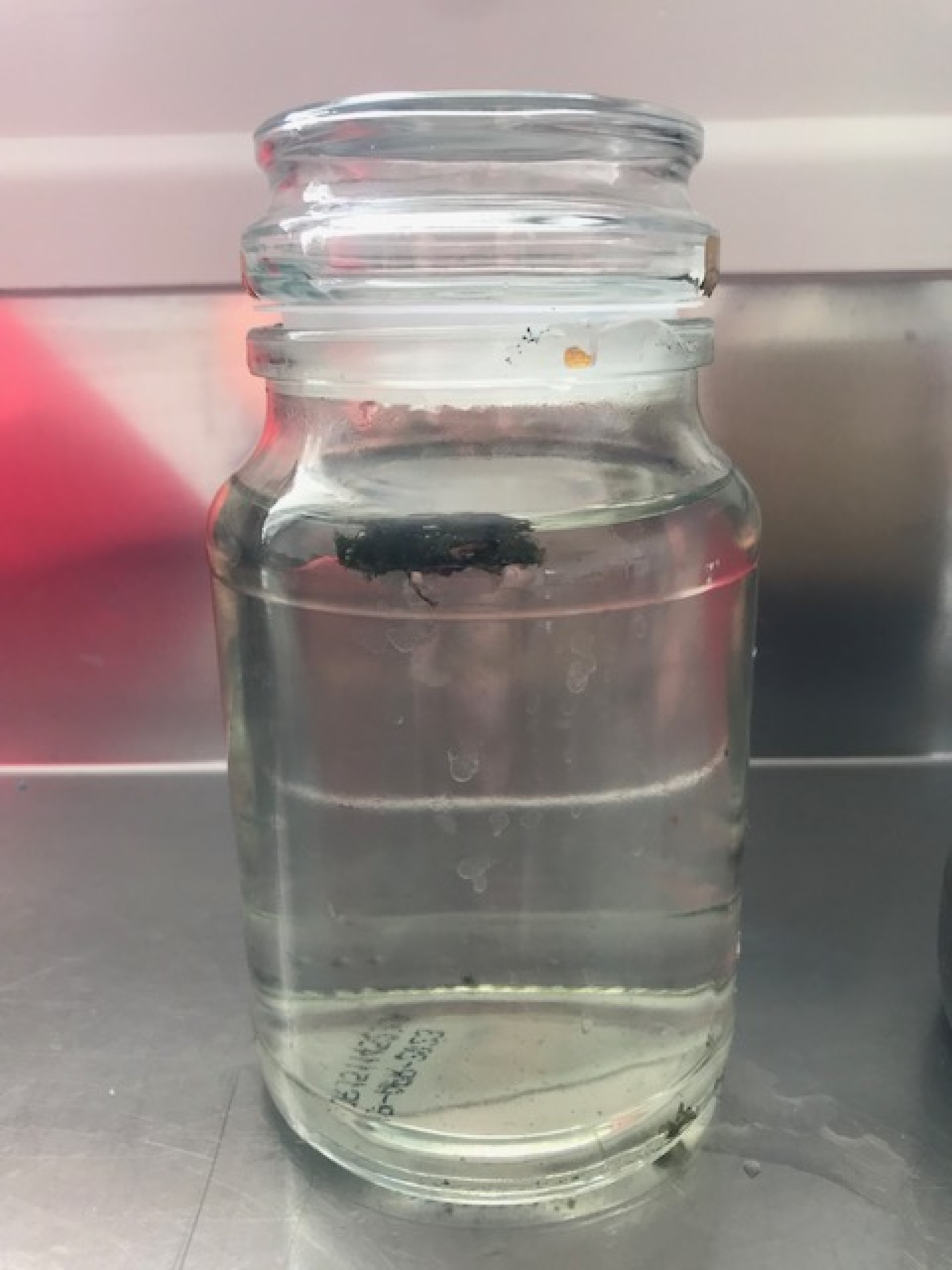
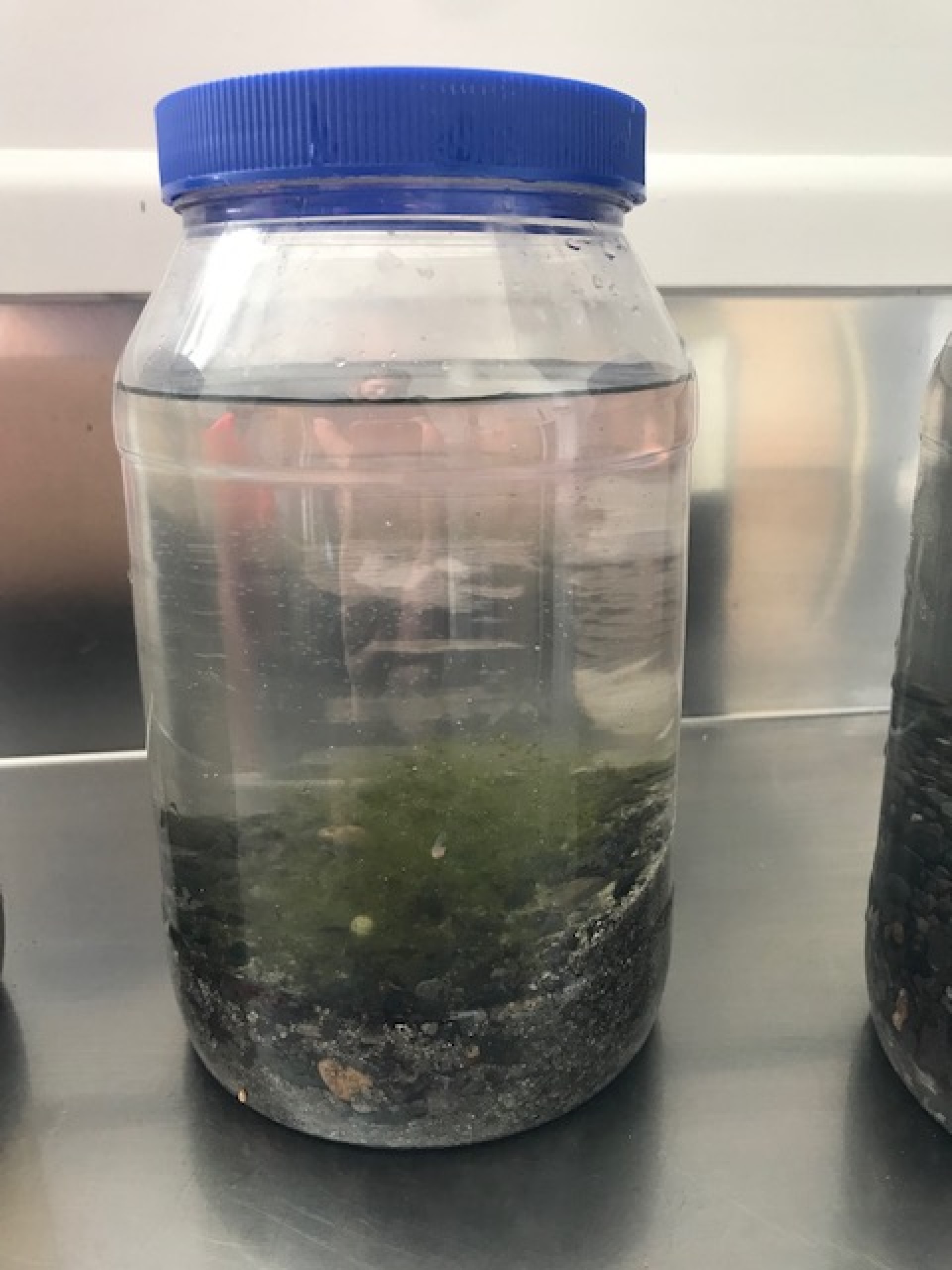
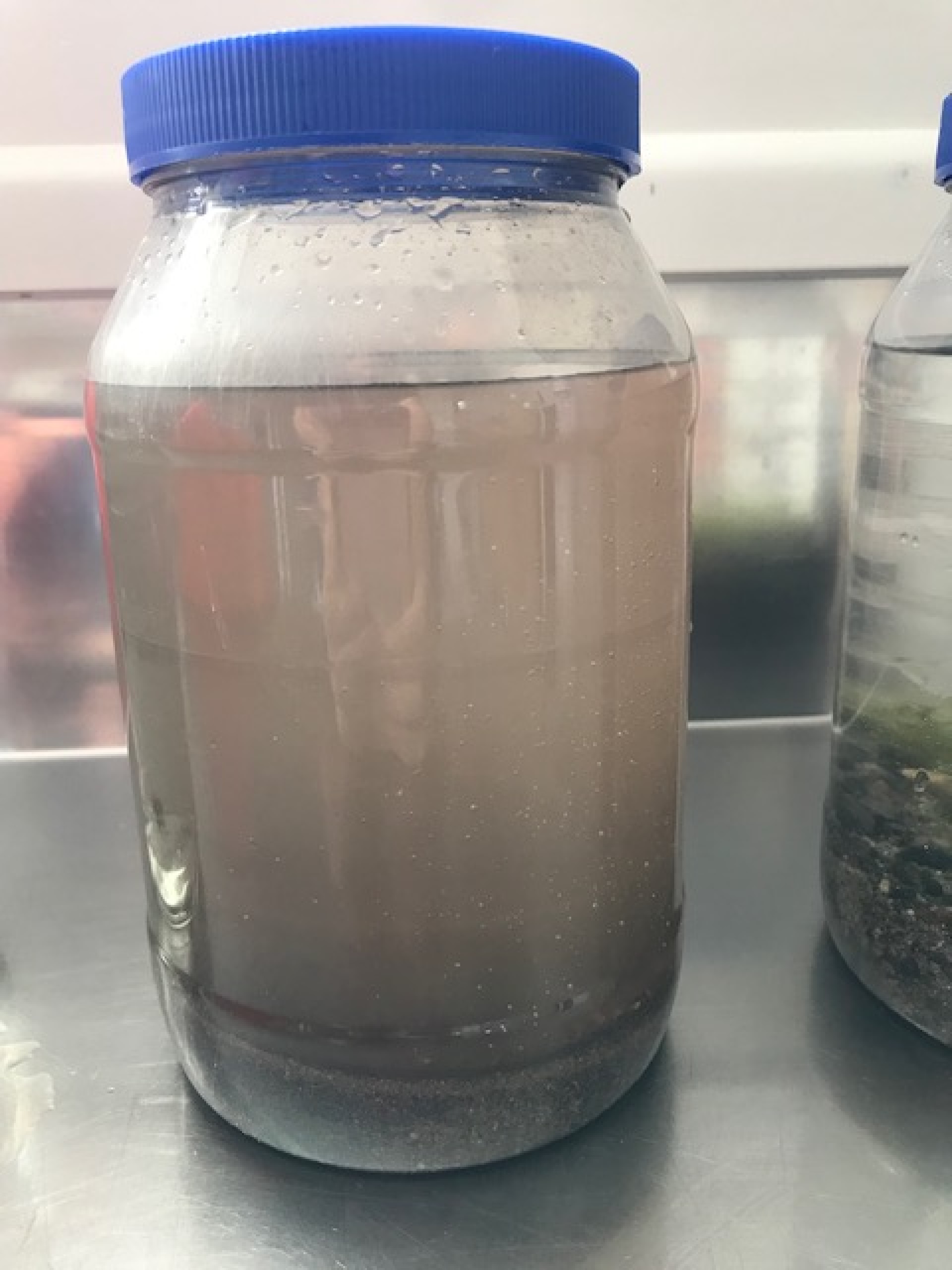
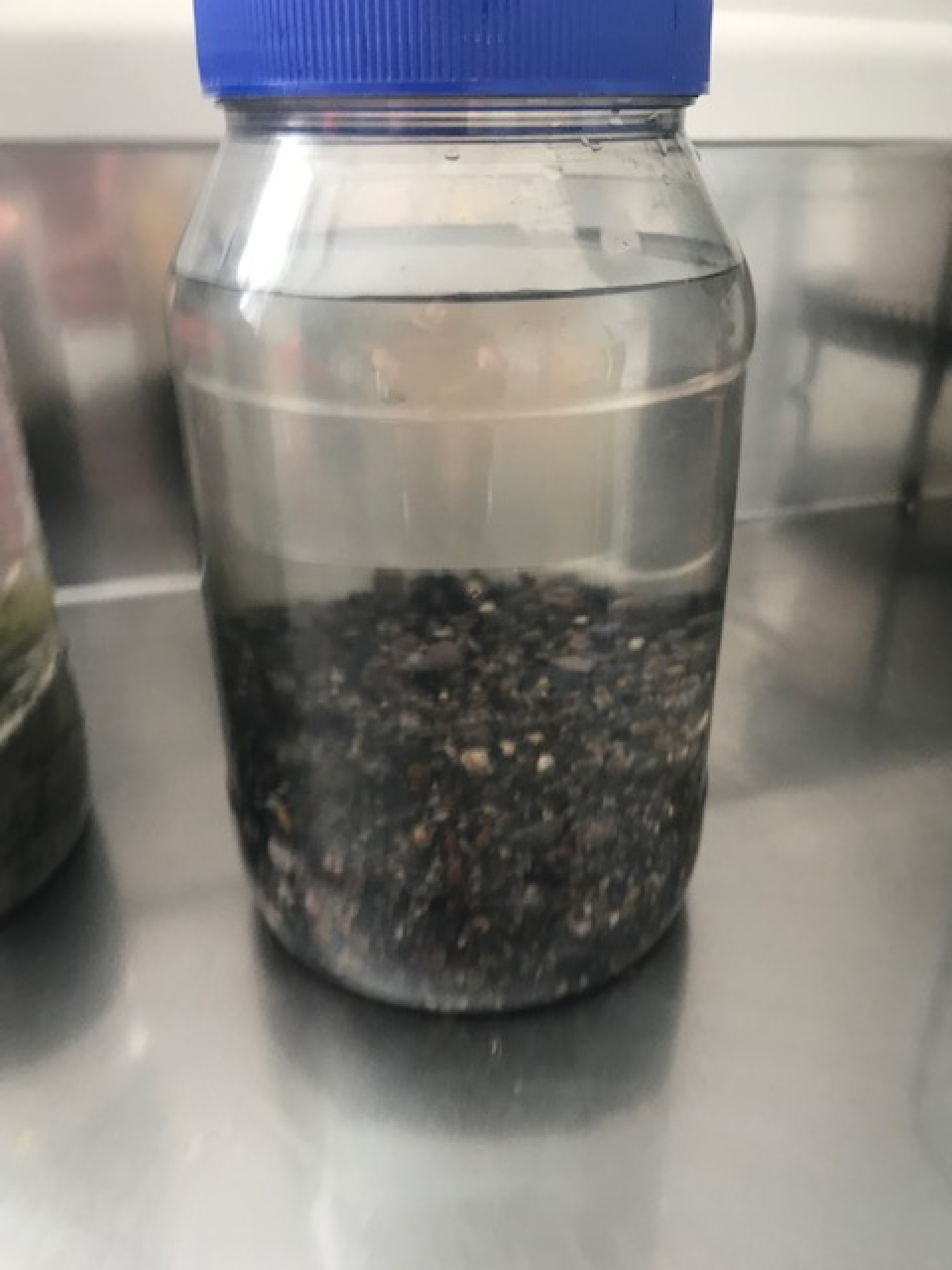
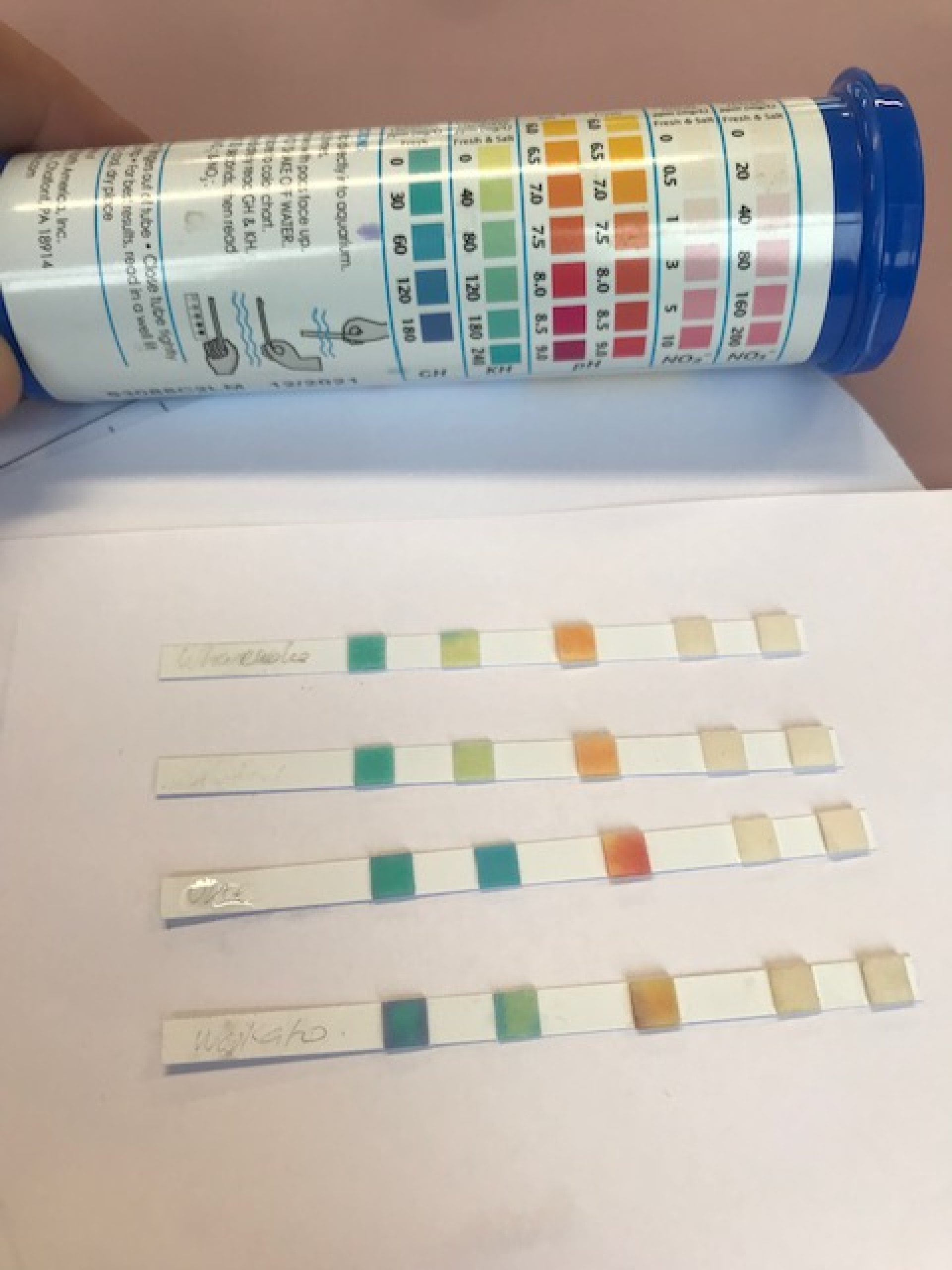
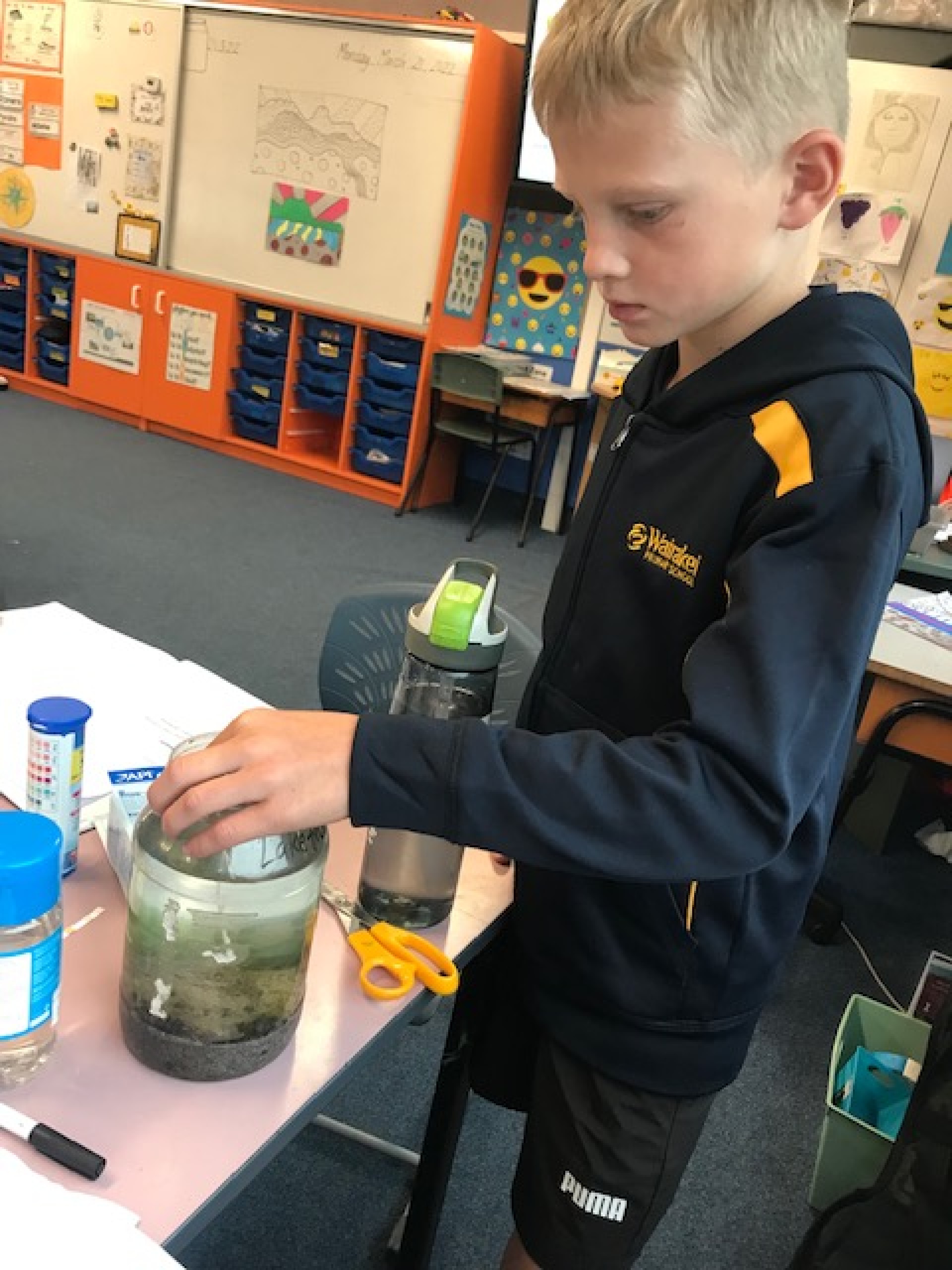
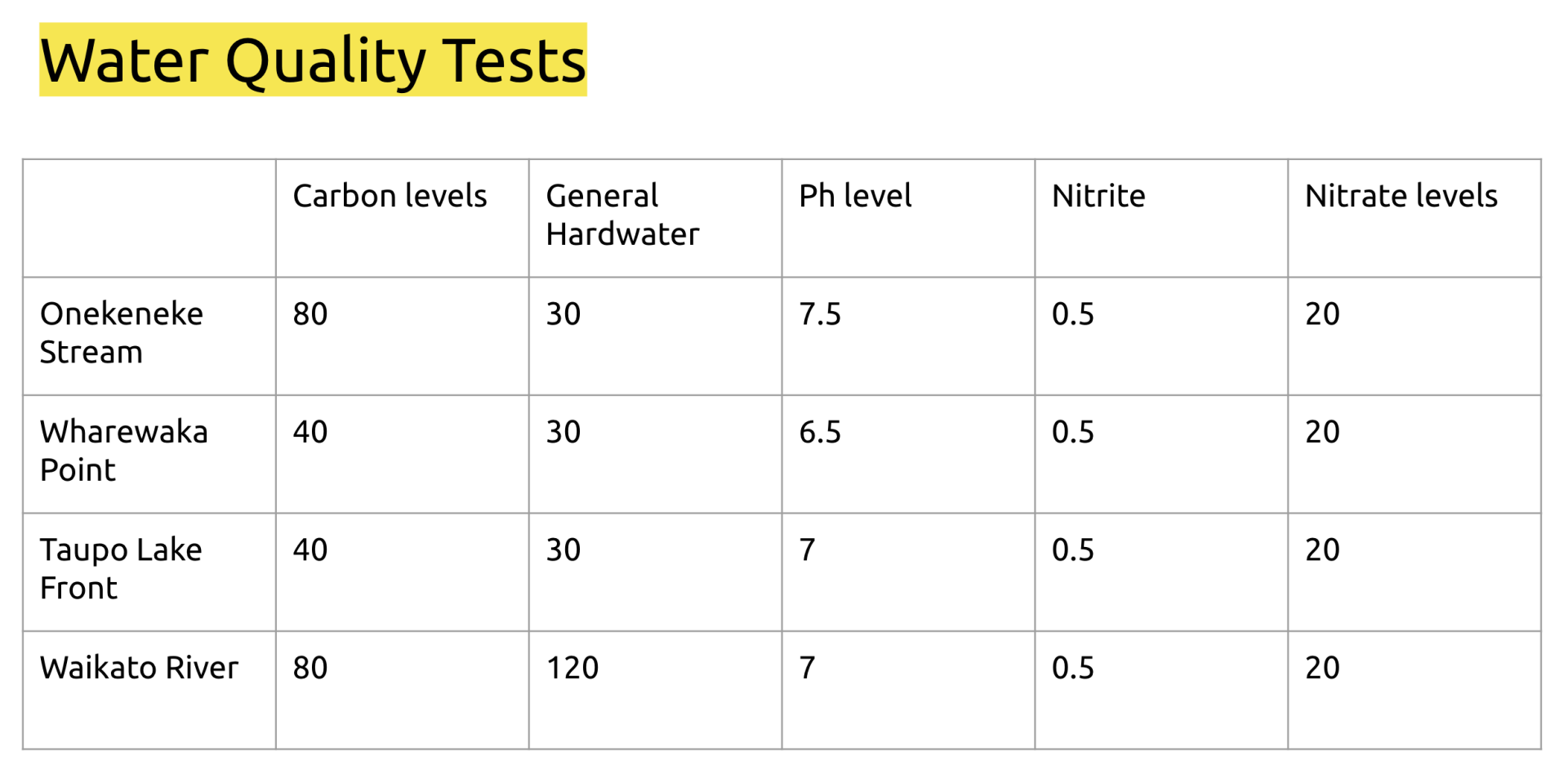
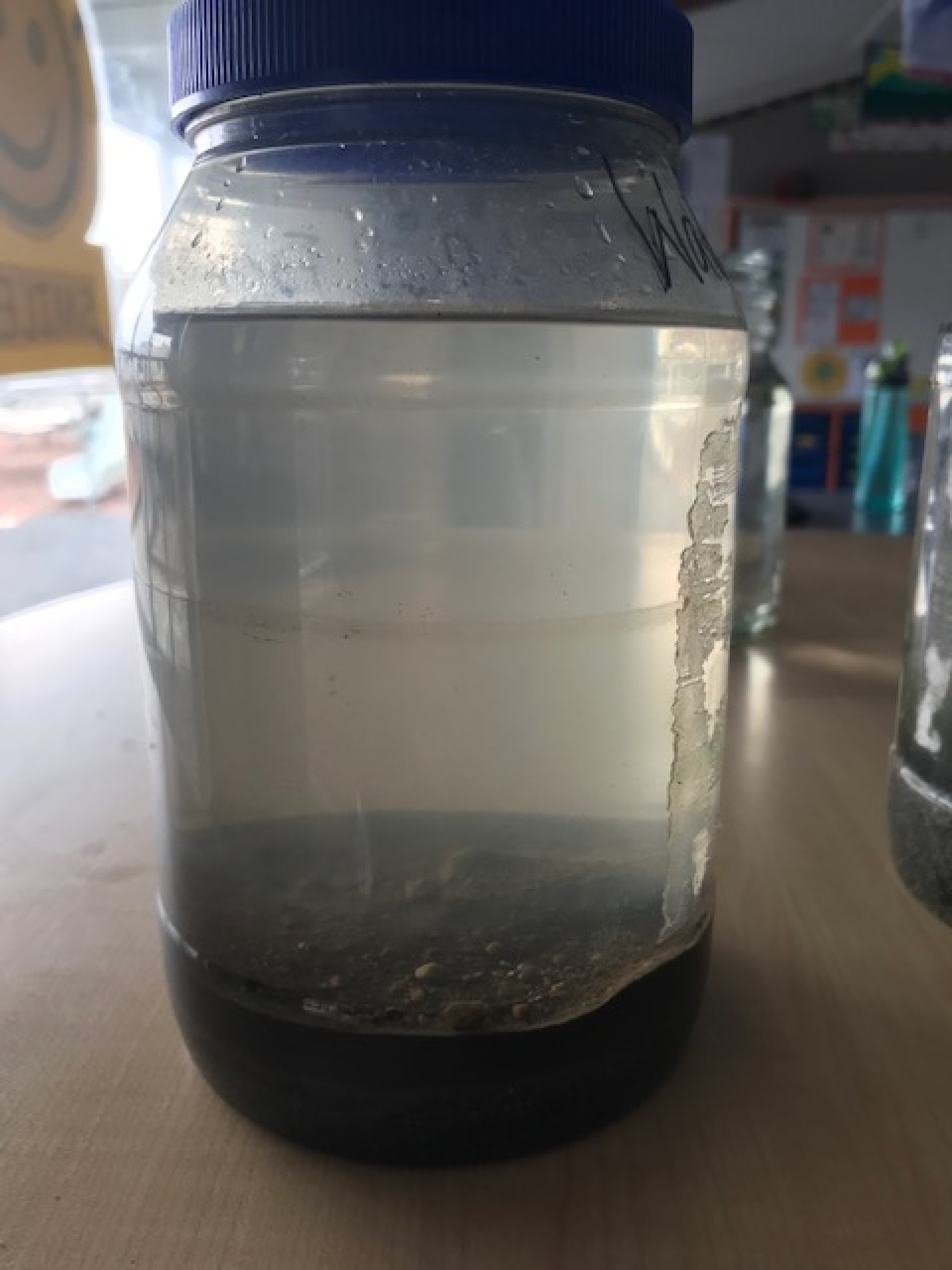
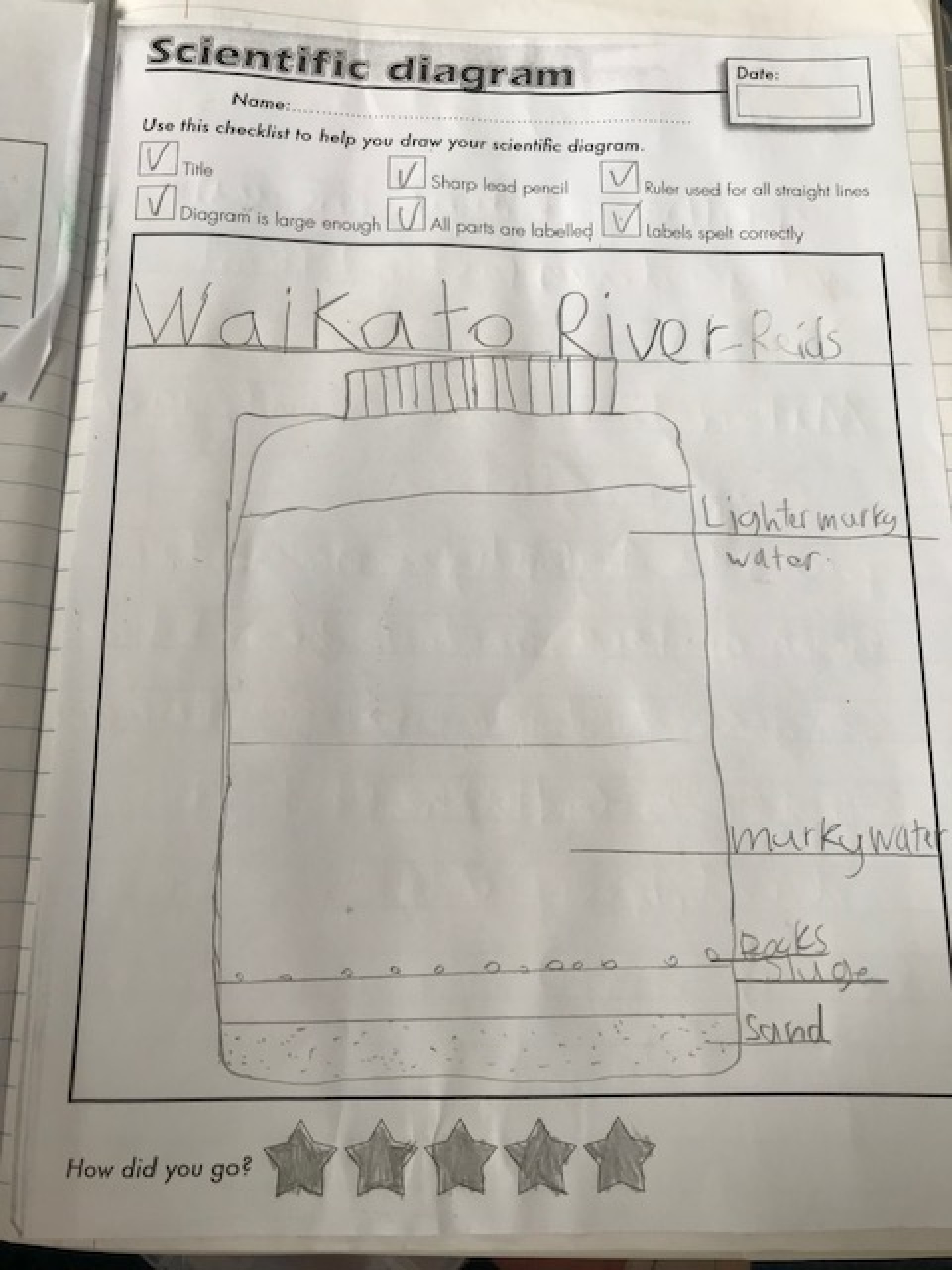
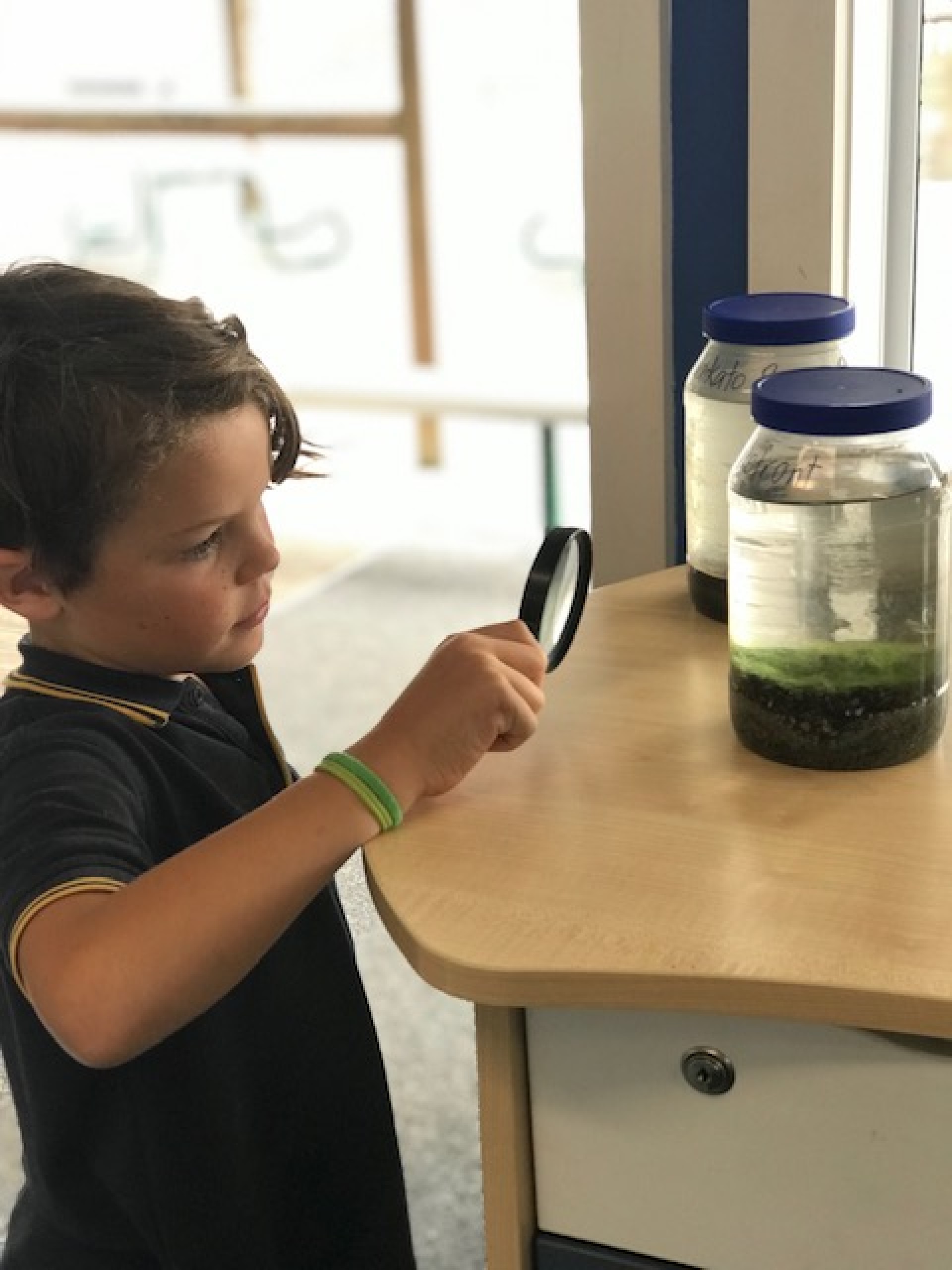
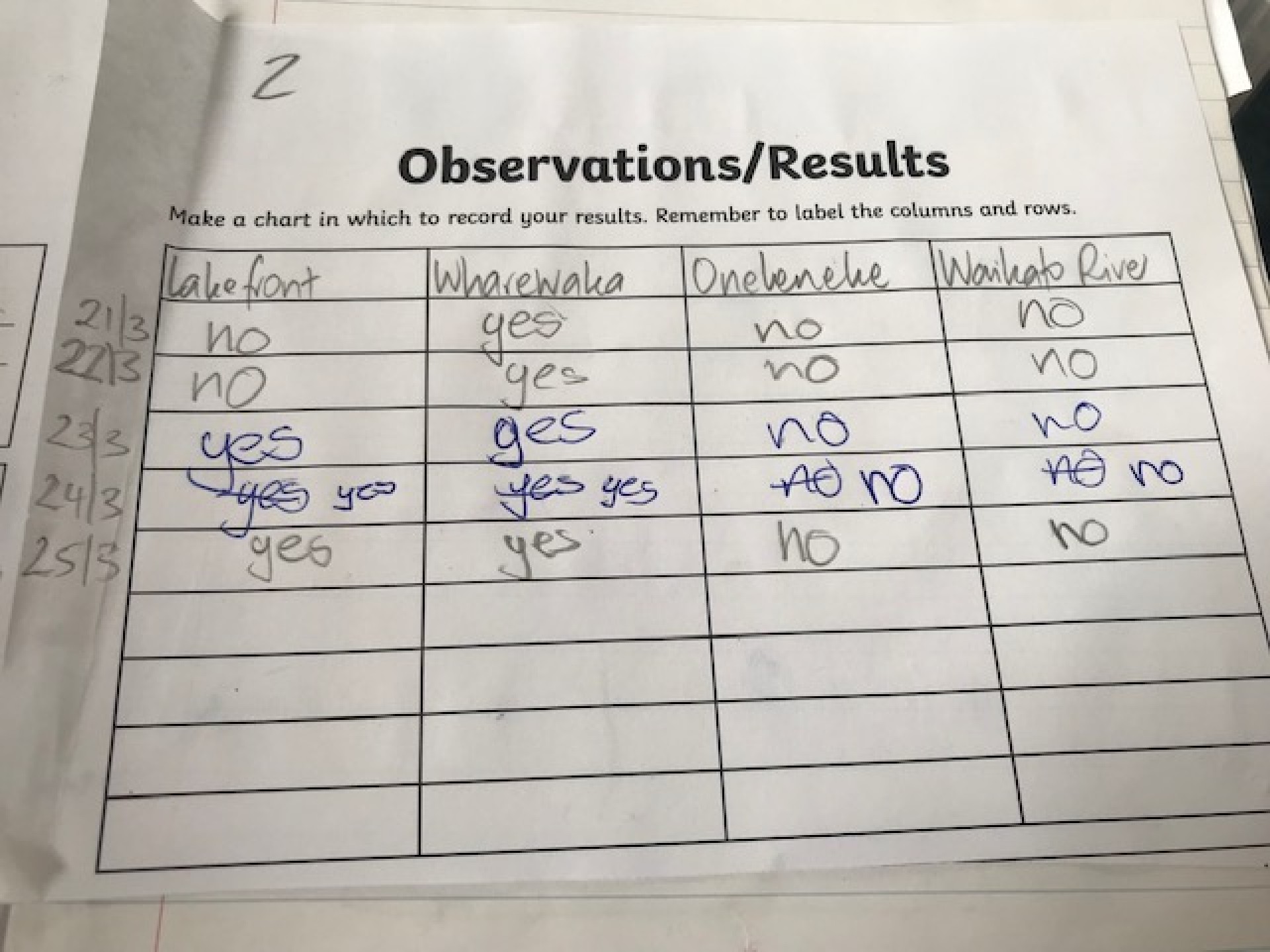
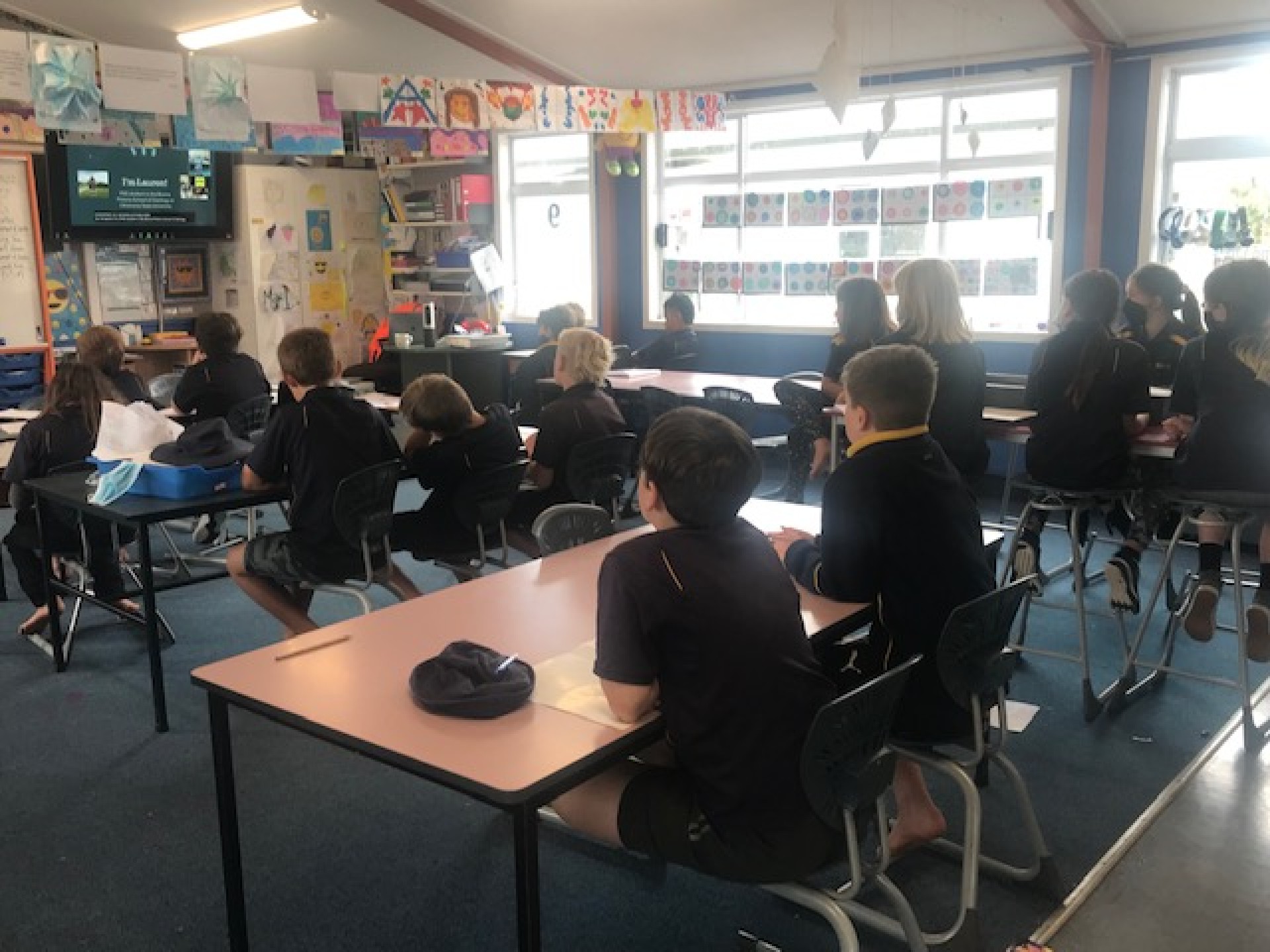
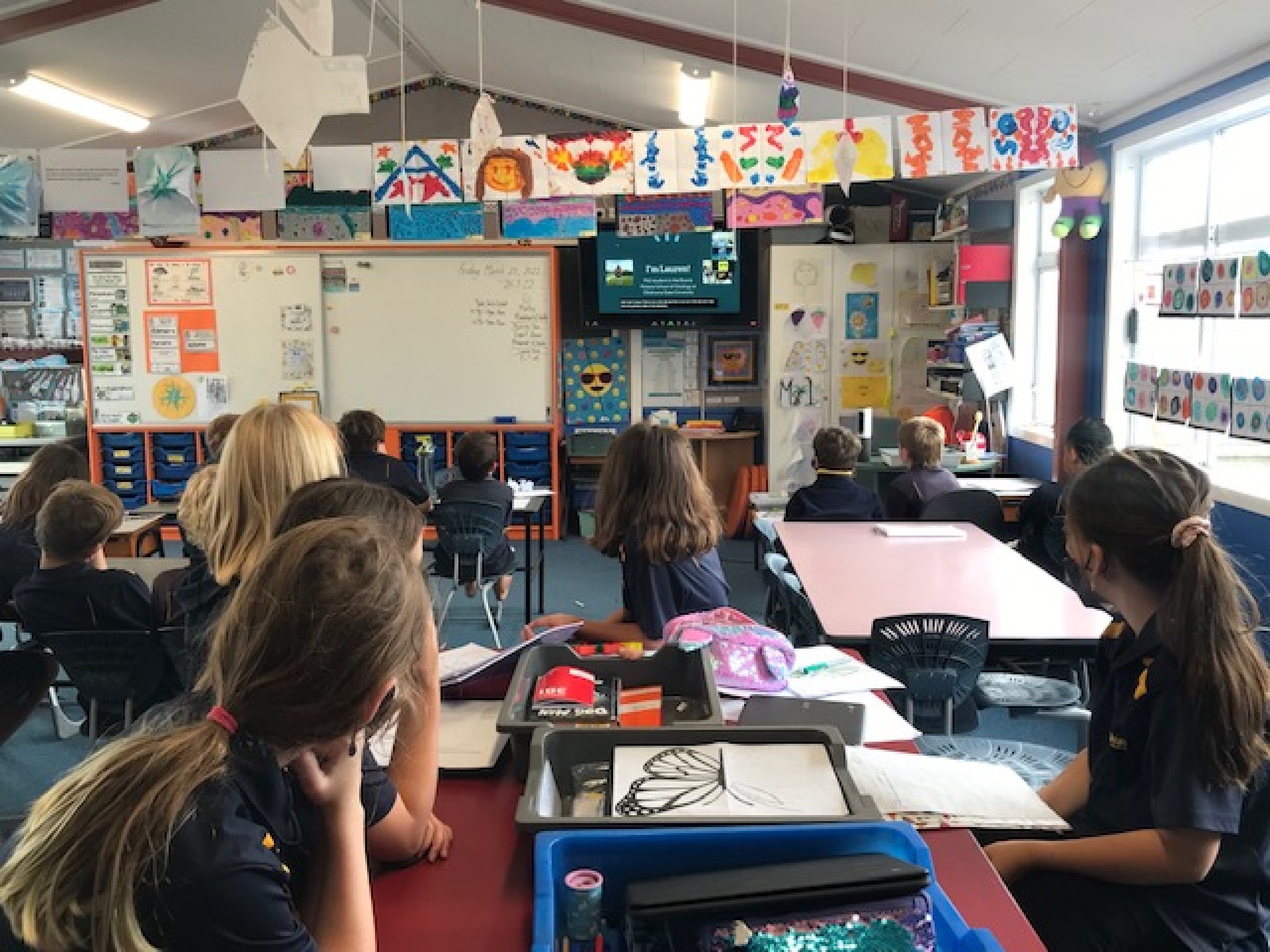
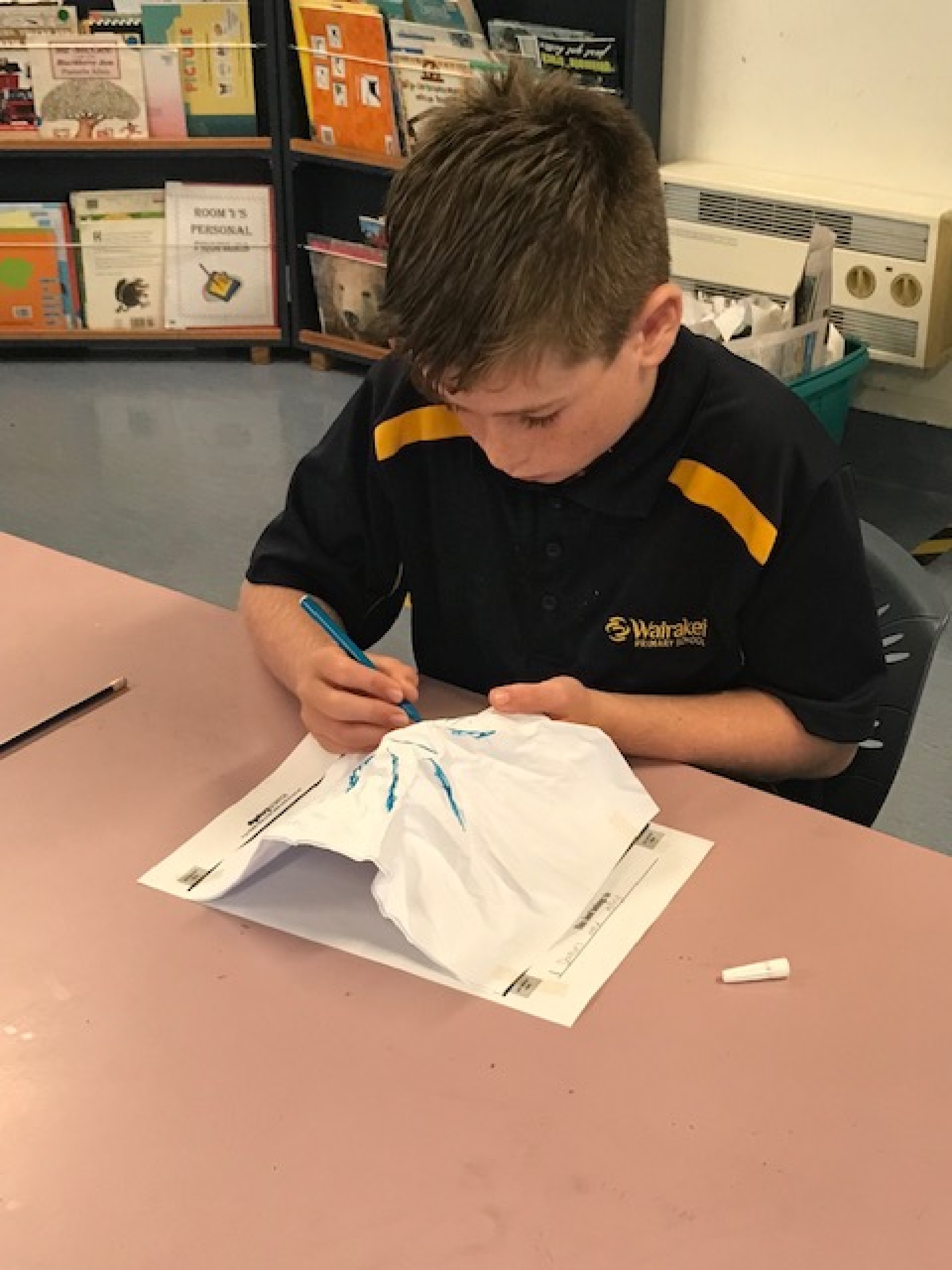
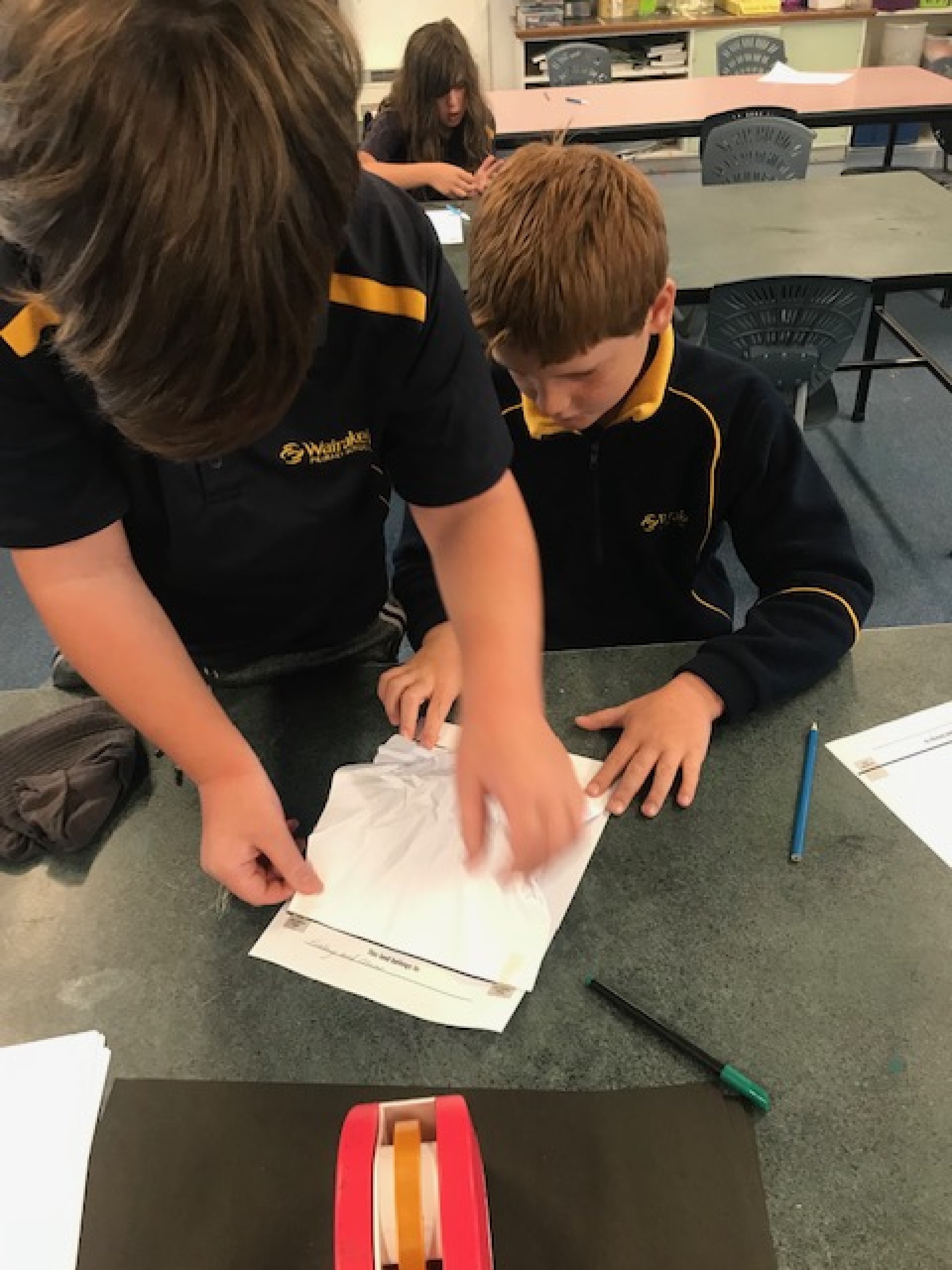
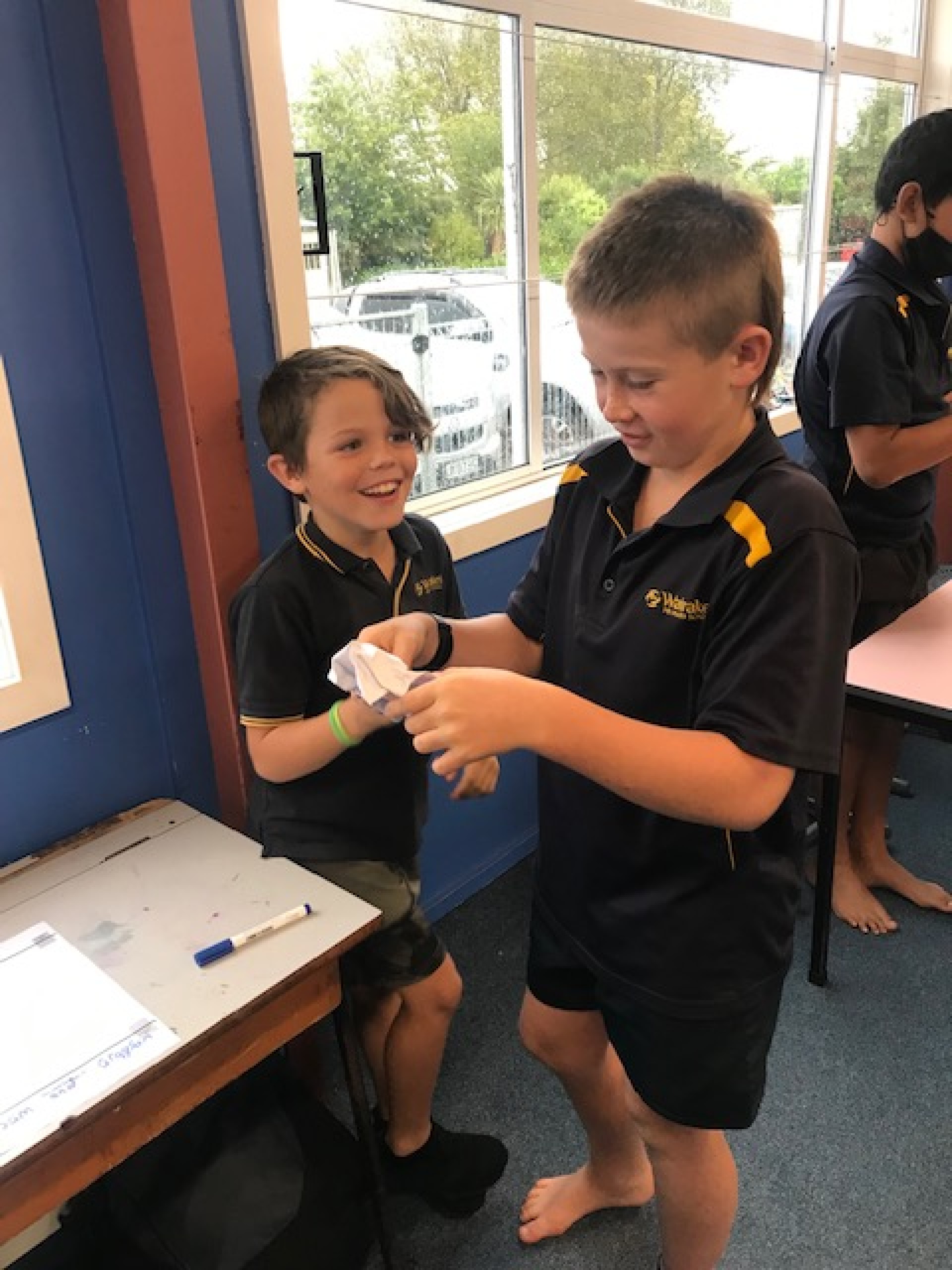
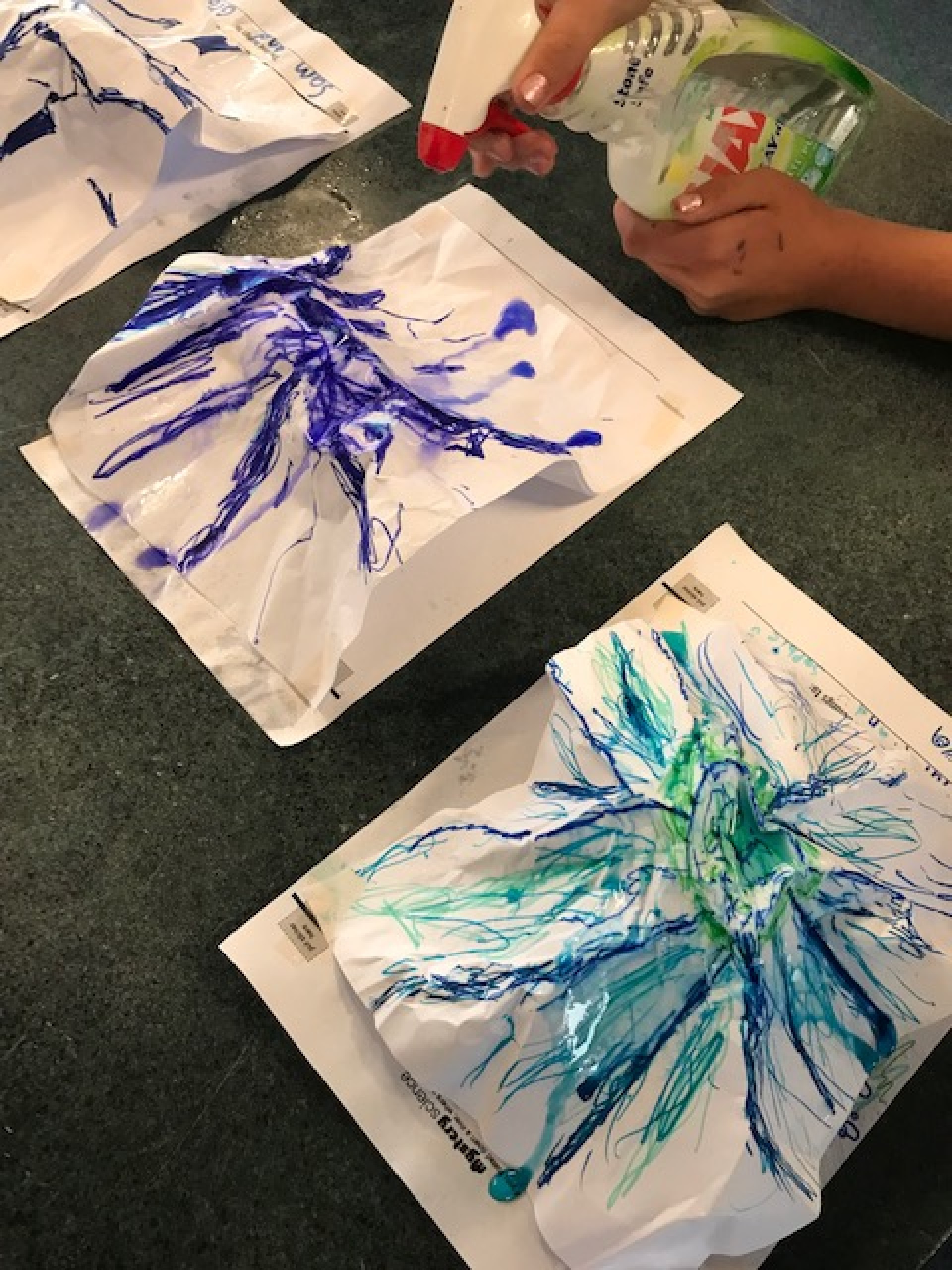
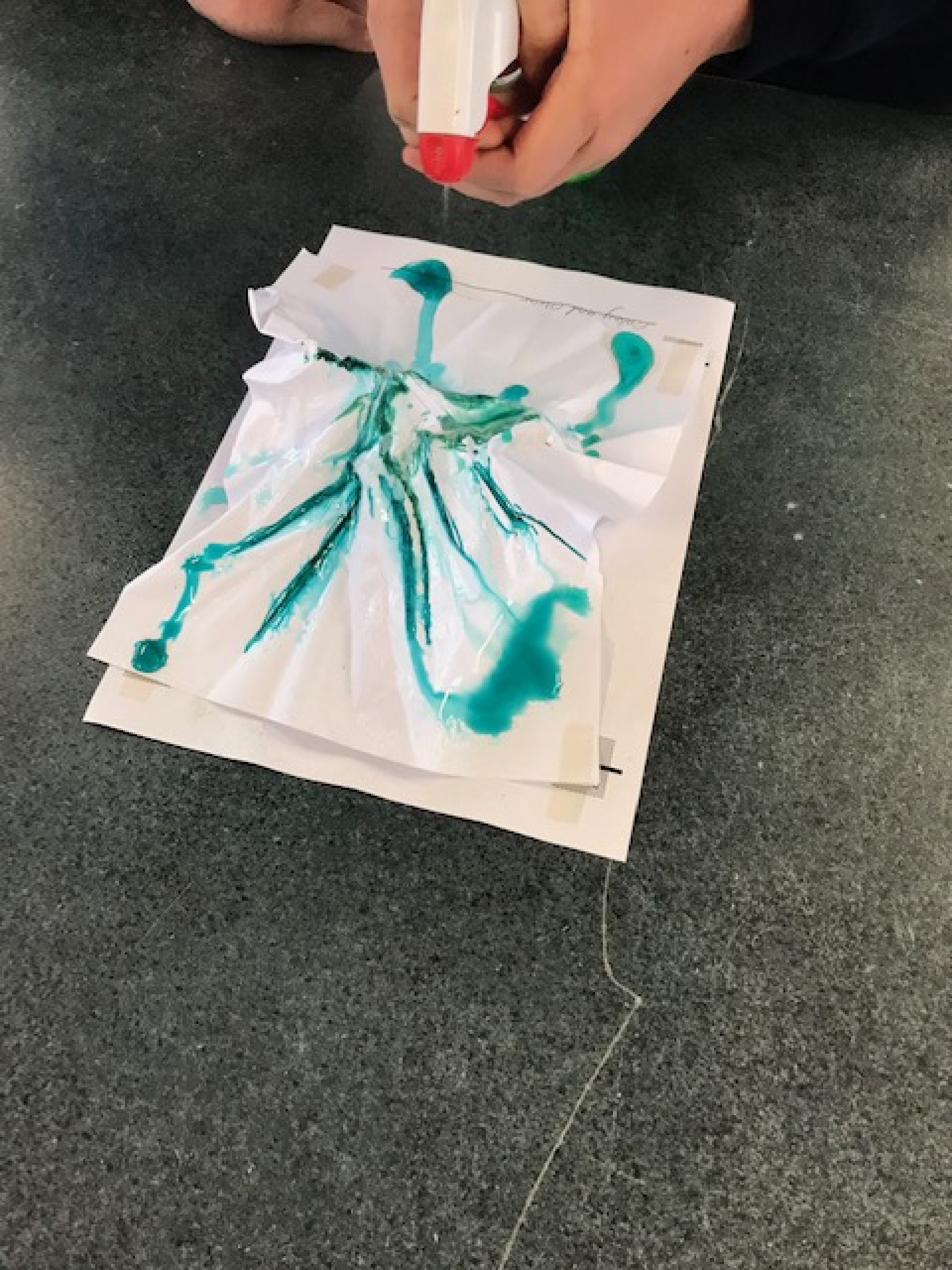
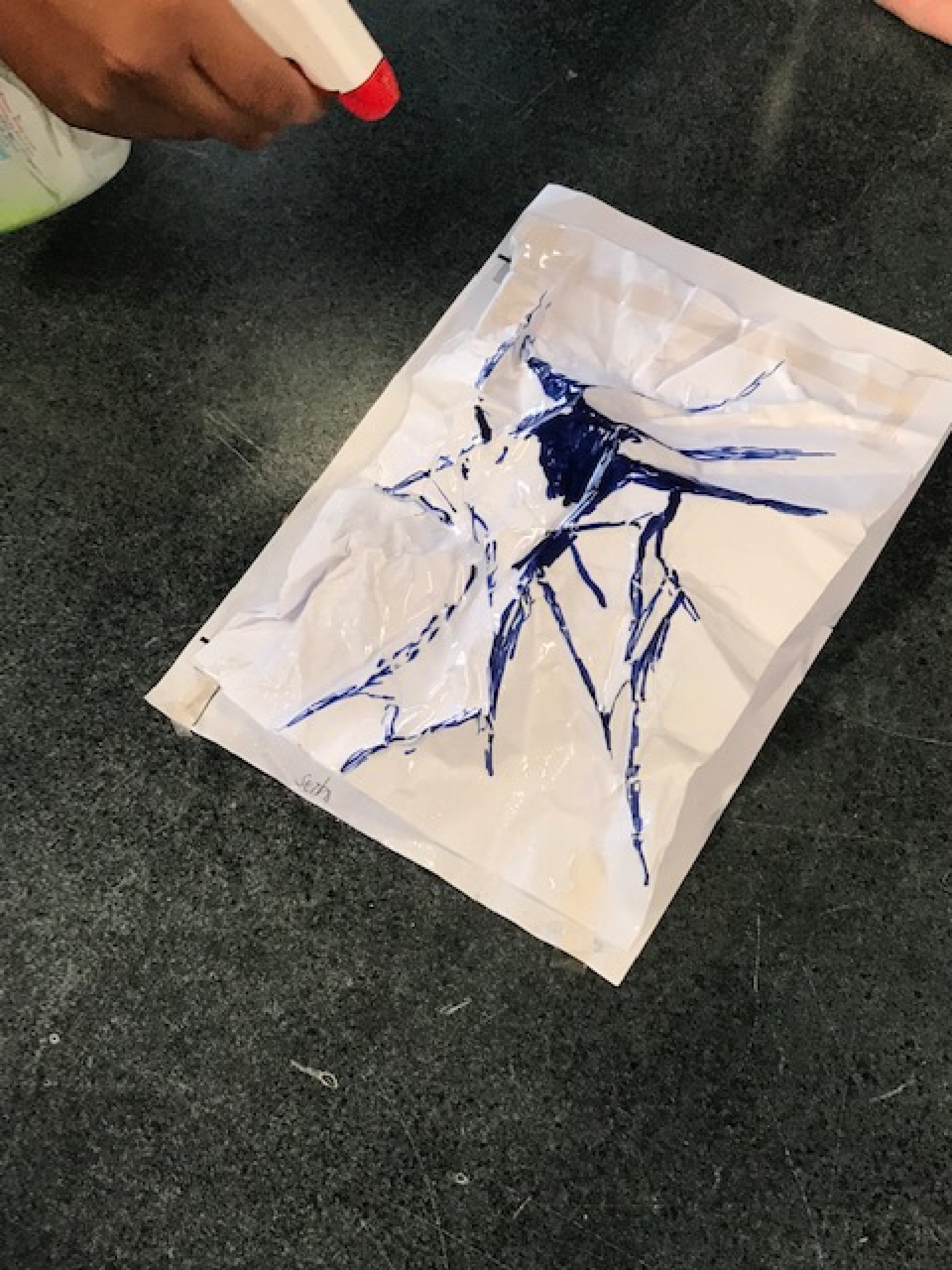
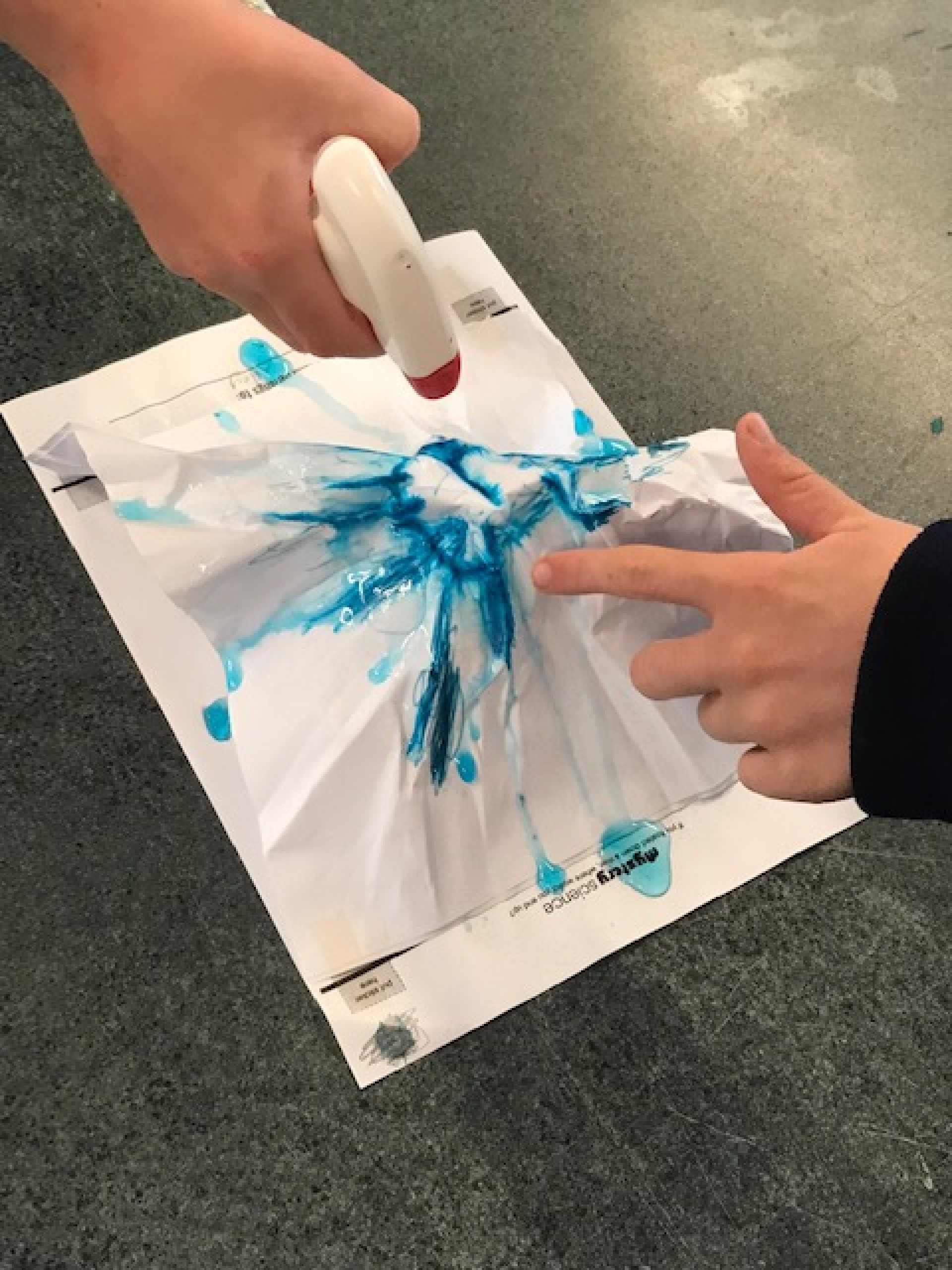
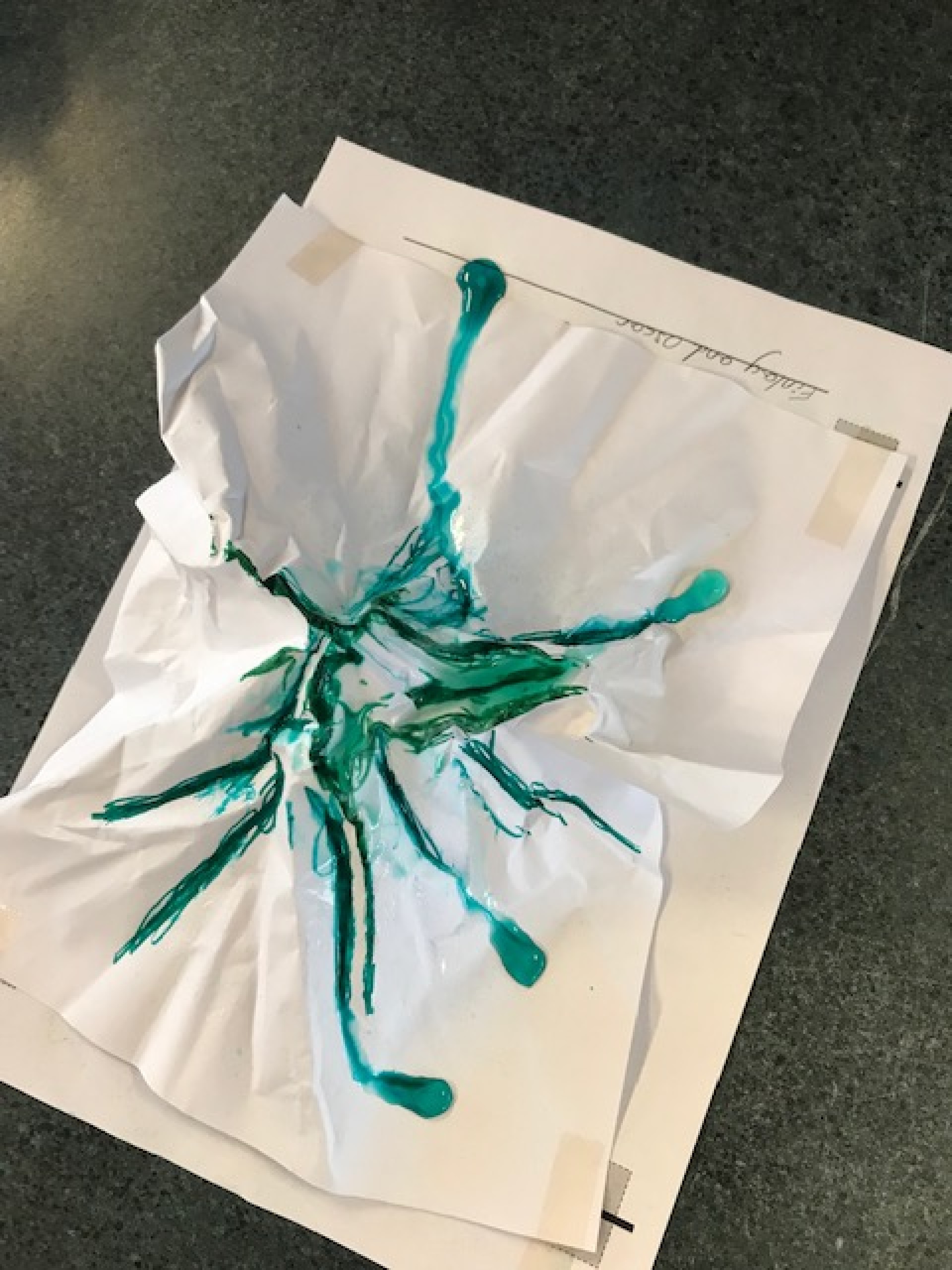
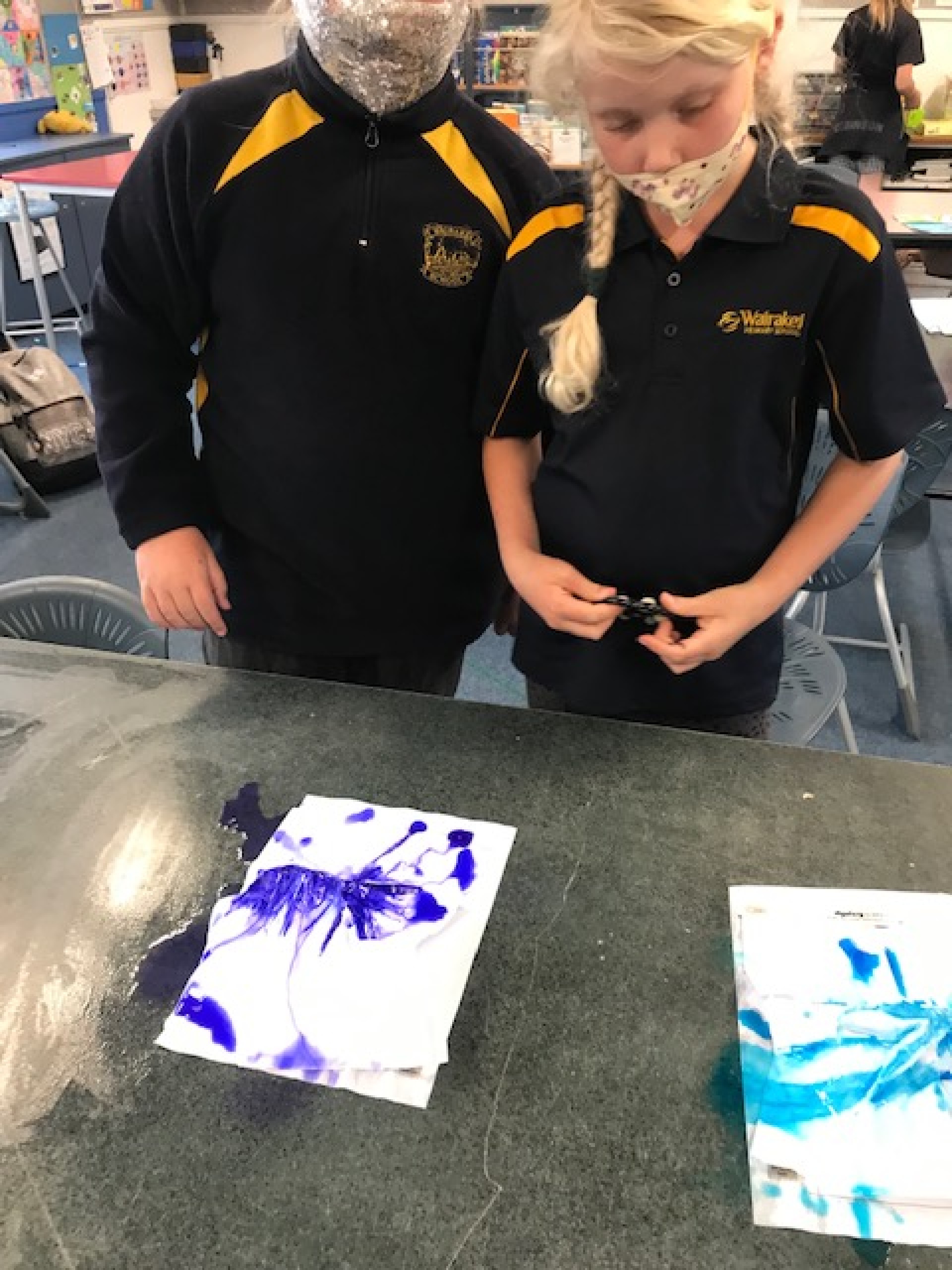

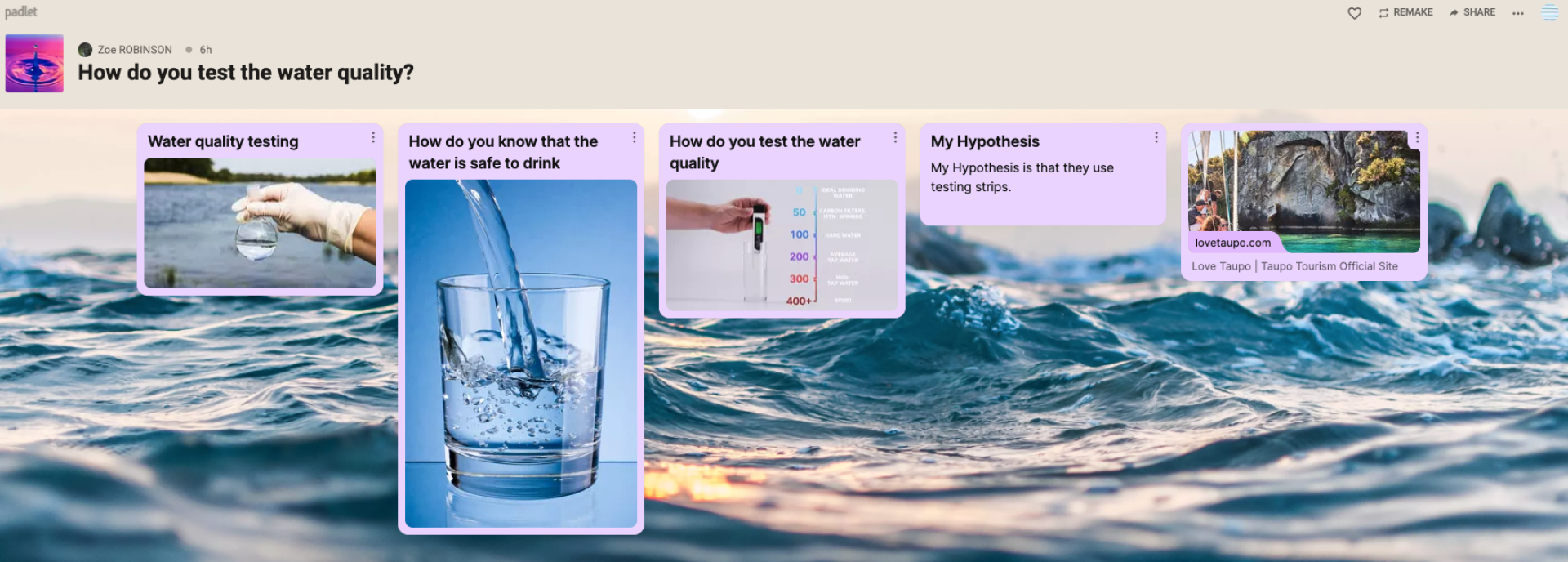
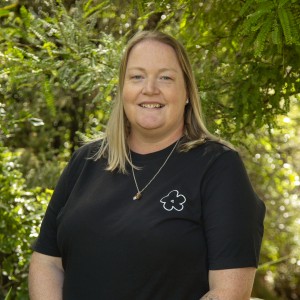

Comments are disabled for this post.